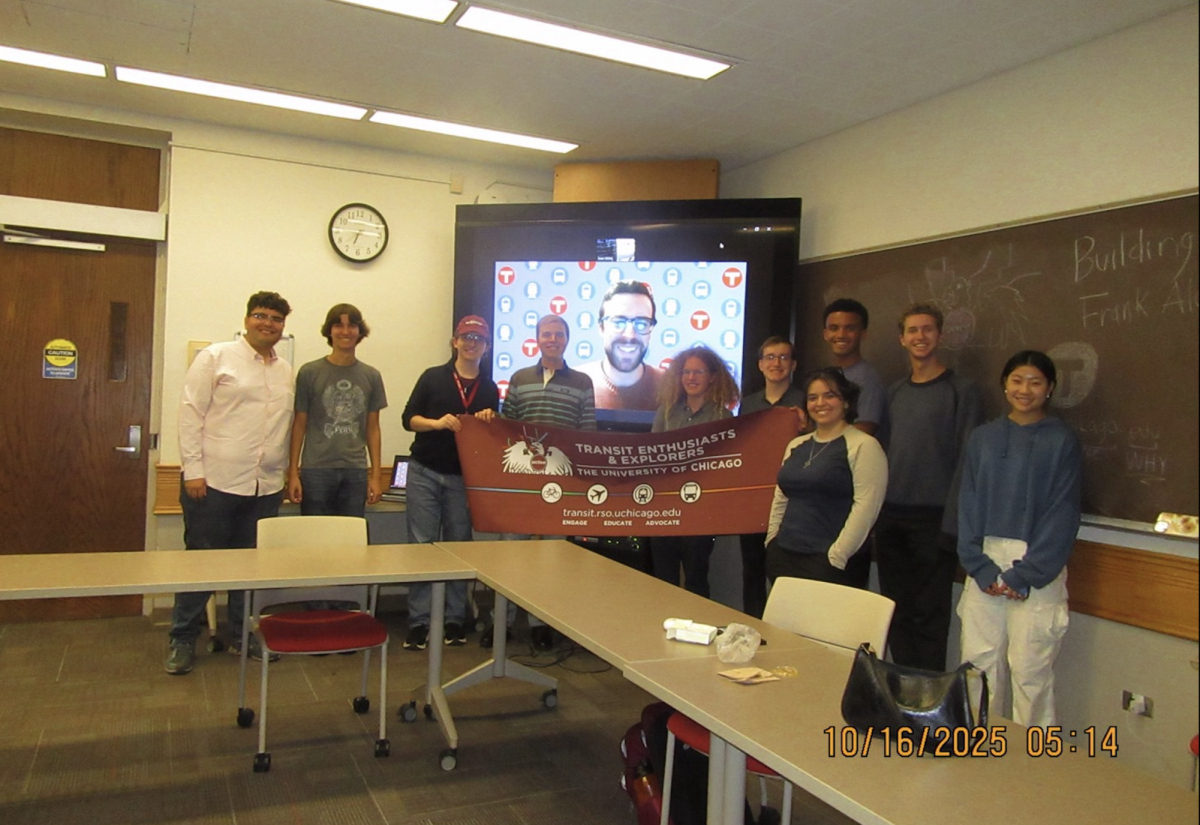[img id=”77367″ align=”alignleft”] This year Dr. Robert Daum, a pediatrician at the University of Chicago Comer Children’s Hospital, began a study tracking infections of potentially deadly MRSA infections—not in playgrounds, but in Dallas County Jail.
How did a pediatrician come to head a study about jails? The answer winds back the clock to 1998, just before public awareness of the bacteria MRSA began to build.
MRSA, pronounced “mersa,” stands for methicillin-resistant Staphylococcus aureus, a contagious bacterium that causes skin infections and may develop into life-threatening internal infections. The strains that Daum sees today carry a gene called mecA which makes the bacteria resistant to a host of newer antibiotics, including all of the penicillin-family drugs.
Today it is the most common cause of hospitalizations for bacterial infections. “In any hospital in the world,” said Dr. Michael David, who helped design the study with Daum, “Staph A will be number one.”
The disease spreads so quickly in part due to its ability to live outside the human body for long periods of time. “I’ve easily recovered MRSA from a tabletop two weeks later,” David said.
MRSA often lives on human skin without harmful effects, but if the bacterium enters through a break in the skin, it can infect any organ in the body. The most common infection causes boils on the skin, but more serious complications include sepsis, necrotizing pneumonia (“It turns your lungs into cottage cheese,” David said), or abscesses in the brain, liver, or spine.
MRSA was first identified in the 1960s, but for a long time outbreaks were confined to health-care institutions, where it struck patients who spent long periods in the hospital or had compromised immune systems. It rarely jumped from those patients to family or friends.
Then in the mid-1990s, Daum and other pediatricians at the U of C hospitals noticed a rising tide of MRSA cases in children who had no risk factors—they had not been recently hospitalized and had no chronic conditions. “That had never happened before,” Daum said. “People didn’t believe us.”
When he and a group submitted a paper to The Journal of the American Medical Association, the editors rejected it. Daum and colleagues had to send photos of the mecA- gene they had isolated from the bacteria in the children to persuade the journal that the outbreak was real. That paper has now been cited over 500 times.
More MRSA reports began to trickle in from sports teams—football, wrestling, fencing—any kind of contact sport. Daum and colleagues called Children’s Memorial, a children’s hospital on the north side of Chicago, to ask whether they’d seen a similar MRSA epidemic among their patients. They hadn’t.
“So we had to ask, ‘Why are we seeing it and they aren’t? What’s the difference between our kids and theirs?’” Daum said. Daum and his colleagues found that about 60 percent of their patients had close relatives or friends who had recently spent time in jail. That was the common thread they were looking for.
They took a team to Cook County Jail, which holds over 9,000 inmates and is the largest pre-trial detention center in the country. It’s large enough to need its own hospital complex, where Daum and colleagues found what they were looking for: scores of MRSA infections.
Daum developed a model to explain the kids’ infections. “In the inner city, homes are matriarchal,” he said. “Men come in and out, hug their kids—it’s such a human thing to do—and the bacteria spread.” In a county with a population of 5.2 million, David said, 108,000 people pass through the Cook County Jail in a year—that’s 1 in every 50 citizens.
And jails, Daum said, are a kind of perfect storm for MRSA. Inmates spend daylight hours together in a room with no entertainment save one small black and white television. “They get bored. They touch each other. They touch things that others have touched. They get MRSA on their hands,” Daum said.
Once the bacterium gets there, it’s likely to stay. “They don’t shower as often as the general population, and they don’t have the best soaps—you have to be very careful what chemicals go into a jail. And if their one uniform fits, they don’t want to send it back into the general jail laundry system, so they wash it with cold water in the cell sink,” Daum said.
Daum told a story of interviewing an inmate who was soaking his infected foot in a bucket. When the interview was over, the inmate got up, rinsed out the bucket in the shower, and left it by the door for someone else to use.
Daum glanced in the bucket on his way out. “There was a little liquid left in the bottom of the bucket,” he said. “You know what it was? Pus.”
Enter the study. Daum’s team hypothesized that if they could interrupt skin carriage of MRSA in jails, they could decrease transmission among inmates, and, they hoped, eventually among the families and children he saw at the U of C hospitals.
Another study had found that full-body washing with cloths soaked in chlorhexidine, a common antiseptic, could effectively fight bacterial transmission. Daum and David designed a trial in which three “tanks,” or groups housed together at a jail, received either chlorhexidine cleansing cloths, water wipes, or no cloths at all.
But by the time the team won grant money, the doctors at Cook County Jail had been fired in a wave of budget cuts by Cook County Board President Todd Stroger. “So Dr. David and I toured the finest jails in the U.S to find an alternate jail,” Daum said.
They found an eager reception at Dallas County Jail, where the trials began in January. So far about 1,800 inmates have volunteered to be in one of the three groups. The team will test for MRSA infections before, during, and after the trials; then the strains will be tested to see which strains colonized inmates, which caused infections, and which are found on jail surfaces.
David said he was surprised by the enthusiasm from jail medical staff and even detainees. “I’ve never had an unpleasant experience with them,” he said. “The detainees…they want to talk to someone who wants to do something to help.”
The study will conclude later this year.








